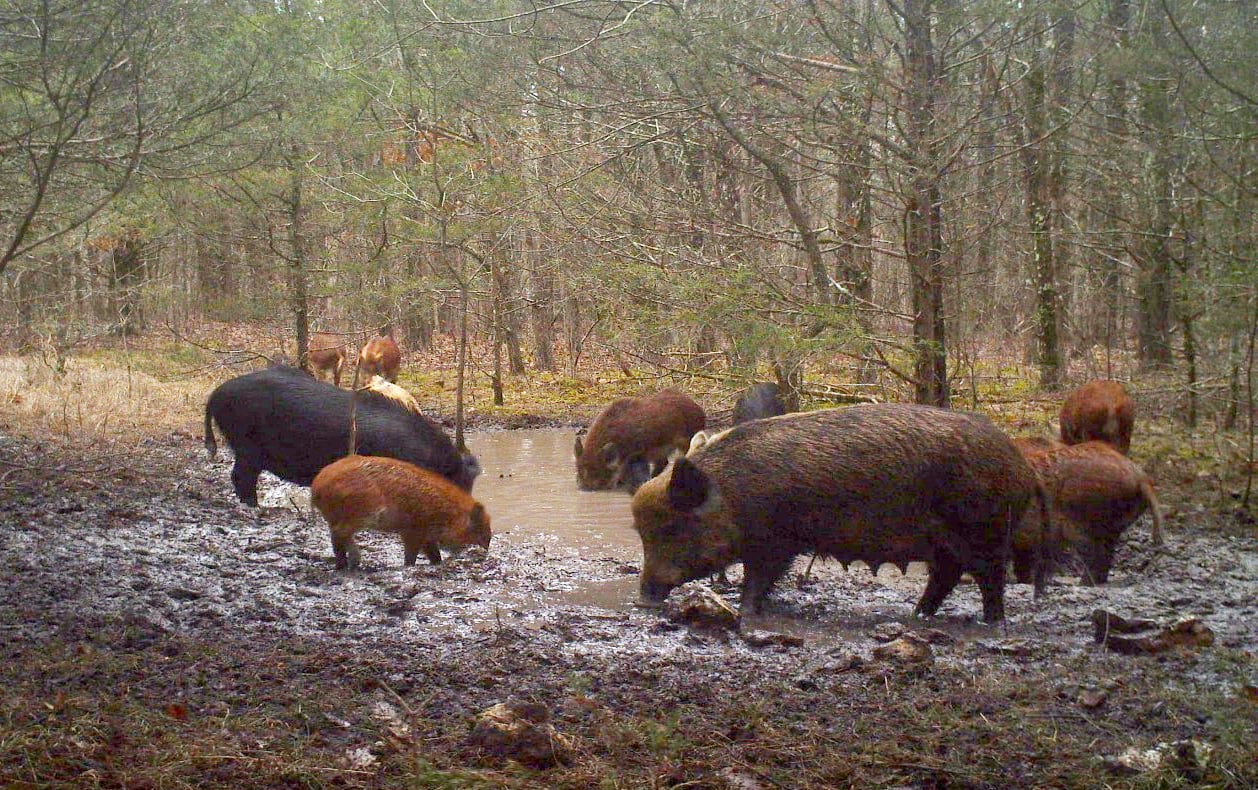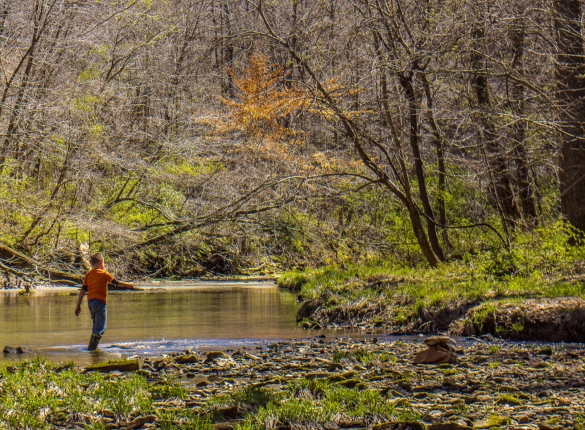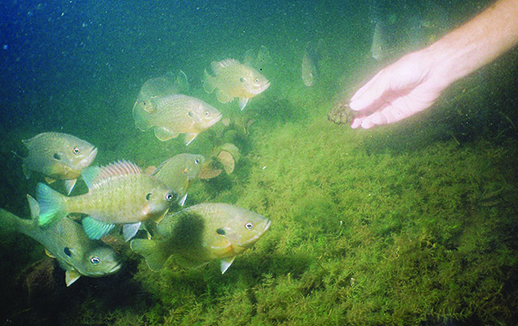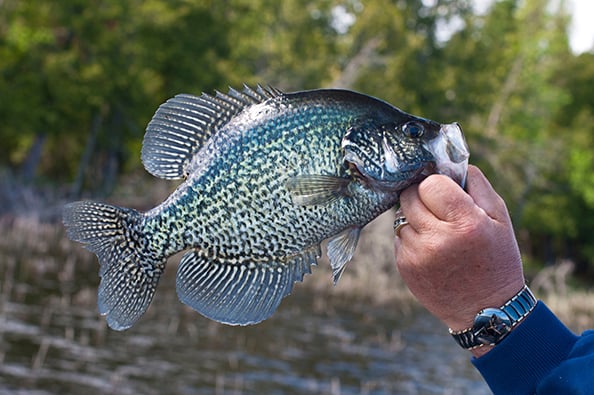Minnesota DNR to host public meeting on future risks of feral pigs and released mink – Outdoor News

Several Minnesota state agencies are reviewing how to prevent negative impacts on the environment and human health from feral pigs and farmed mink let loose in the wild.
“This is an opportunity to proactively identify any gaps in our management,” said Leslie McInenly, wildlife populations and regulations manager with the Minnesota Department of Natural Resources. “A team of subject matter experts from multiple state agencies has been meeting this fall to conduct this review.”
The Minnesota DNR, in cooperation with the Board of Animal Health, Department of Agriculture, and Department of Health, is asking people to share their perspectives in an online questionnaire. Additionally, the Minnesota DNR will host an online public meeting from 6:30-8 p.m. on Tuesday, Nov. 14 that will include a brief overview of agency roles and responsibilities, a discussion of potential changes in state management, and an opportunity for participants to offer input. Registration will not be required. The questionnaire and meeting information can be found on the Minnesota DNR website.
RELATED STORY FROM OUTDOOR NEWS: Expansion of feral hogs in southern Canada a ‘true concern’ for Minnesota
The state’s review will be presented to the Minnesota State Legislature in February 2024. In response to recent reports of feral pigs near the U.S.-Canada border, and mink-related disease outbreaks and releases of farmed mink in other states and countries, the 2023 Legislature directed the agencies to review current legal authorities and responsibilities, identify any need to clarify or modify responsibilities for feral pig and mink management, and develop policy recommendations to further prevent negative impacts on the environment and human health.
“This review is an opportunity to ensure the state of Minnesota has the necessary policies and structures in place to respond to any environmental, animal health or public health concerns related to feral pigs or mink,” McInenly said. “State agencies have a history of collaboration with each other on these sorts of topics, as well as collaboration with partners such as the United States Department of Agriculture.”
RELATED CONTENT:
Surviving loose minks released from Pennsylvania farm face grim futur
Thousands of mink released during incident in Ohio
Feral pigs, which can result from intentional introductions of wild boar species or escapes of domestic animals, are a recognized concern for natural resource managers and the agricultural community due to substantial impacts they can have on ecosystems, native species, and agricultural crops. Although Minnesota does not have an established population, feral pigs have been reported in most states and populations have been expanding in recent decades.
Mink farms and released mink recently garnered attention due to the animals’ susceptibility to diseases that can also impact humans, such as SARS-CoV-2 and influenza viruses. Mink farming has declined over the decades in Minnesota and is currently practiced on a very limited scale.
In addition to the online comment that is open through Tuesday, Nov. 28, and the Nov. 14 meeting opportunity, written comments may also be submitted through Nov. 28, by emailing [email protected] or sending mail to Feral Swine and Mink Report, Minnesota DNR Division of Fish and Wildlife, 500 Lafayette Road, St. Paul, MN 55082.






